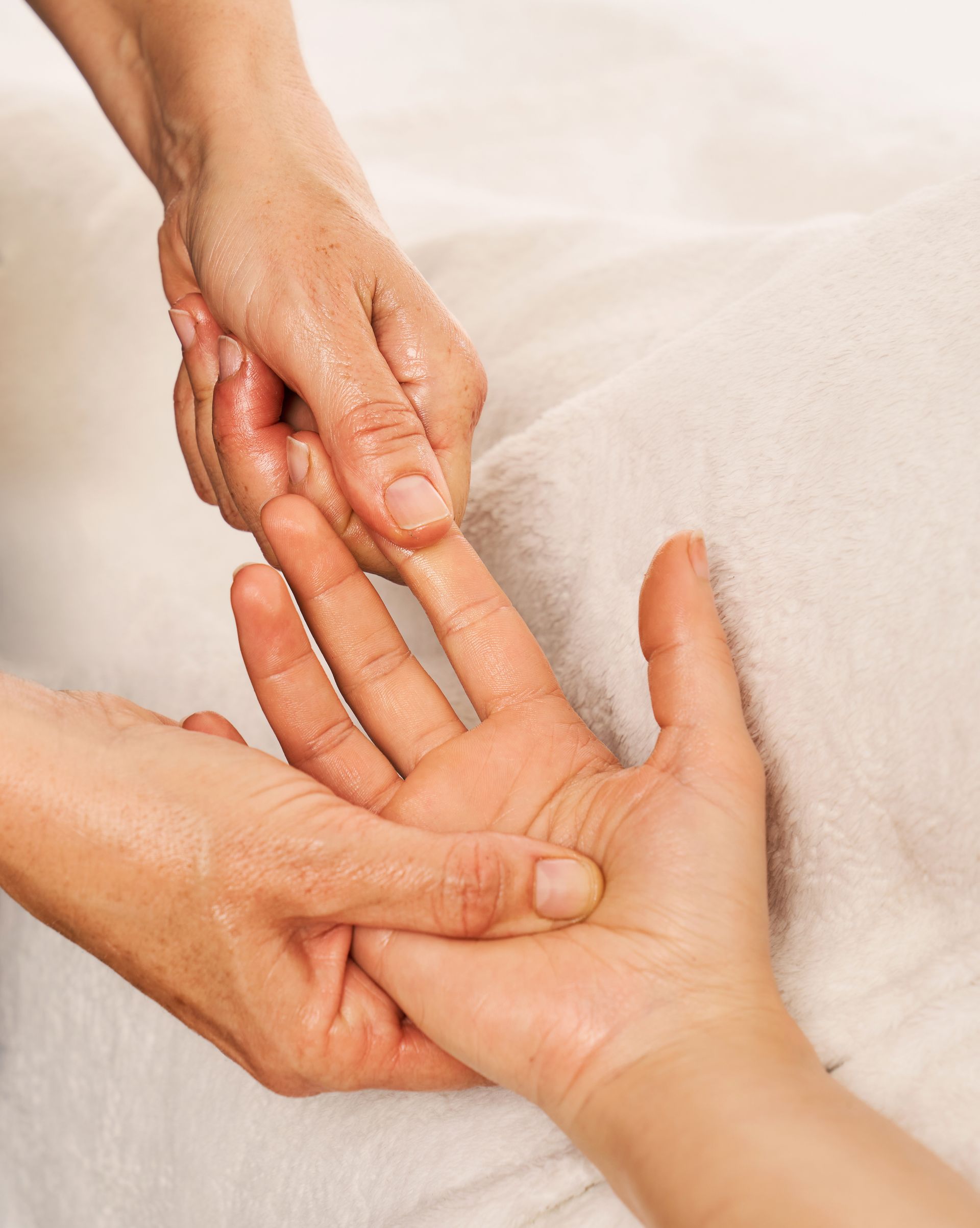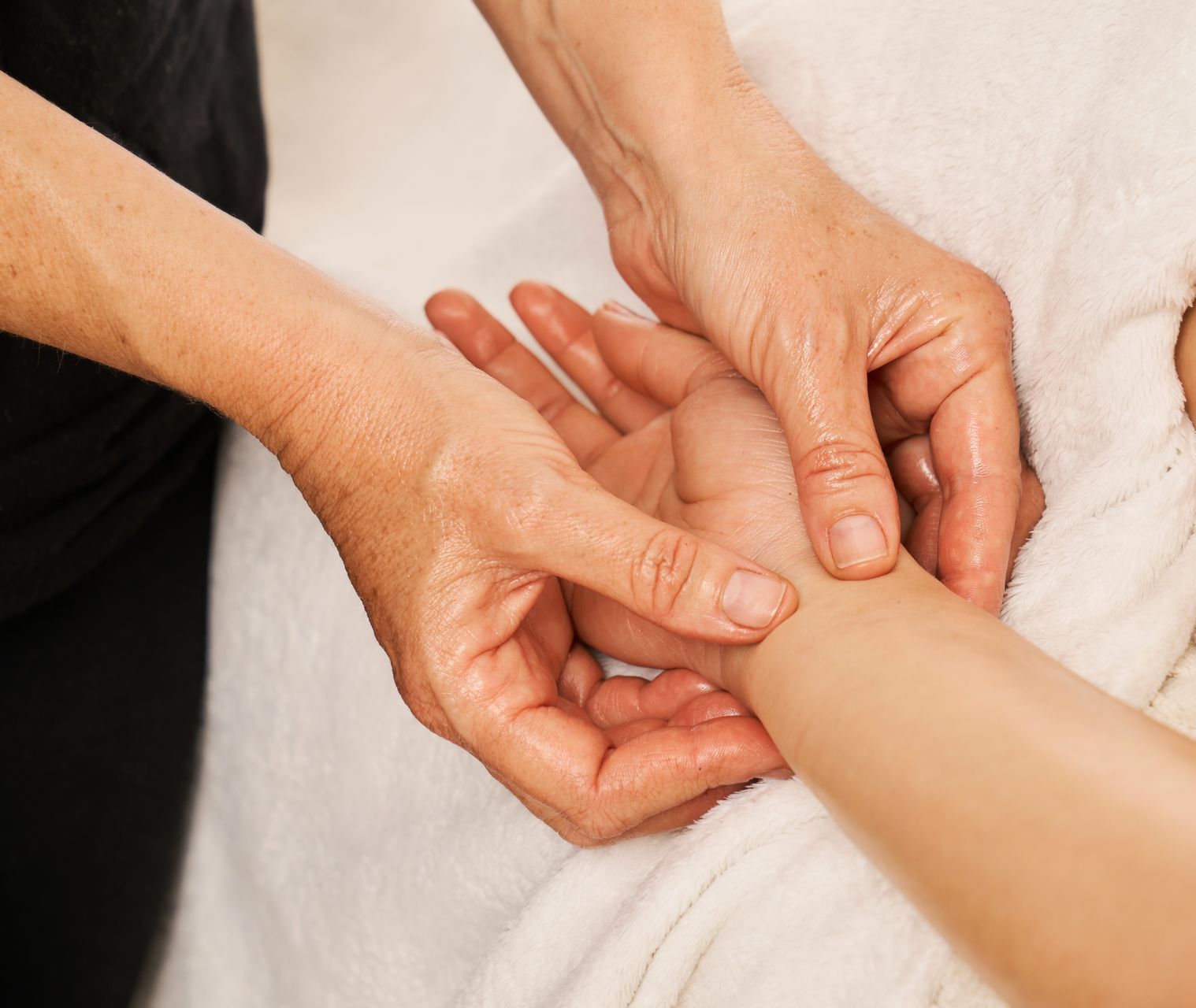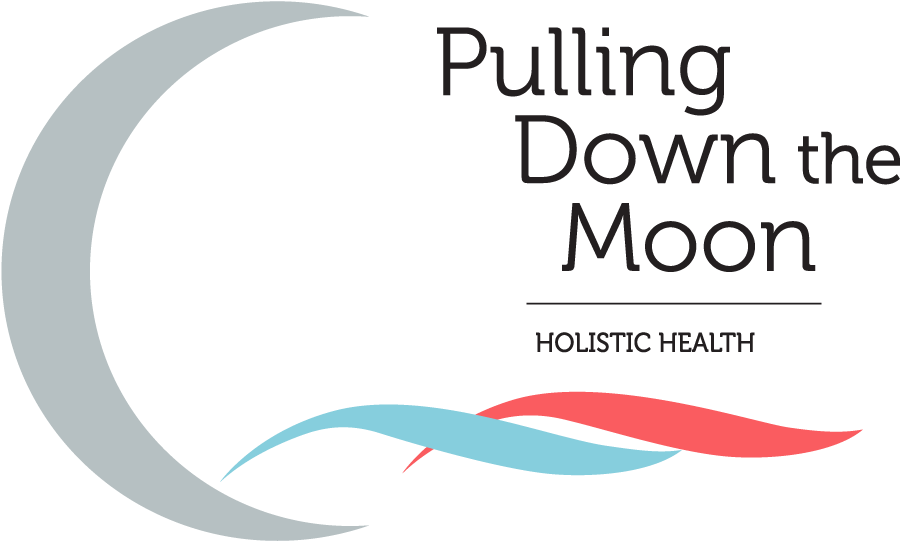Acupressure Pressure Points to Induce Labor from Specialists

When you’ve reached the 40-week mark of your pregnancy, the increased discomfort that comes from having a fully formed child inside of you can make you feel like you’d do anything to start labor. You've done your job of growing and nourishing your baby, and now you’re ready to meet them. As you look at natural ways to trigger labor, acupressure is one that may come across your path. Is this a safe option, and does it work? At Pulling Down the Moon, we believe that acupressure can be a helpful part of a holistic health approach to pregnancy and delivery. Here’s a closer look at how it works.
What is Acupressure?
Acupressure involves placing physical pressure on specific points on the body to activate and impact the nervous system. While similar to acupuncture, acupressure does not involve needles. Instead, it uses pressure to activate the points and improve the function of the nervous system, muscles, and connected tissue by using acupressure points to activate the nervous system. For expectant moms, acupressure can help promote relaxation, release necessary hormones, and increase blood flow to the uterus; it may also help induce labor naturally, and studies have shown that it may reduce the chances of needing a cesarean delivery.
If you’ve reached the 40-week mark and the baby isn’t showing any signs of coming, acupressure could be a way to help you relax, release the necessary hormones, increase blood flow to the uterus, and start the labor process. It’s not a guarantee, but it is a low-risk treatment that could create the necessary changes to spark labor. Of course, you should always speak to your doctor first to make sure this is an appropriate course of treatment.
Acupressure Points to Induce Labor Naturally
Acupressure and acupuncture have been practiced for thousands of years, but it’s only in the past few decades that they have become mainstream in Western medical practice. Many women believe that these techniques are effective at starting labor, as well as managing pain. When used with other techniques, such as abdominal massage and relaxation techniques, it can make the entire process more pleasant. More research needs to be done to support using acupressure to induce labor, but many studies have found that acupressure supports an improved labor experience. For instance, one study found that using acupressure during labor reduced the amount of time a woman was in labor by 35% compared to other types of labor support. It also showed a 9% increase in the success rate of natural birth. Another study found that using acupressure points can reduce the amount of pain in labor.
There are five specific pressure points to induce labor that are worth knowing. If you’re ready for the baby to come and want to trigger the necessary changes, talk to your acupressure provider about these specific points:
Large Intestine 4 Point (LI4)
Located on the back of the hand in the webbing between the thumb and pointer finger, LI4 is used for a wide range of conditions, and it can also help reduce pain during labor. Some believe it is helpful to induce labor as well. Use the thumb of the other hand to apply soft pressure and massage the area to activate this point, and always take a break for one minute between sessions.
Bladder 32 Point (BL32)
BL32 is located in the dimple of your buttocks. To find it, run your fingers down the spin until you find the cleft right above the muscle. This spot, also called Ciliao, may trigger contractions. To activate, press the spot firmly and massage toward the buttock.
Spleen 6 Point (SP6)
SP6 sits on the back of the shin above the ankle. Reach about four fingers above the inner ankle bone to find this point. You can apply pressure on the point for a few minutes using your index finger and then take breaks between sessions.

Bladder 60 Point (BL60)
BL60 is called the Kunlun point, and it is in the foot. Find the depression between the ankle bones and the Achilles tendon. Massage this area using a light pressure and your thumb. You can massage for several minutes. In addition to potentially promoting labor, this location may ease labor pains and reduce the risk of obstructions during labor.
Pericardium 8 Point (PC8)
PC8 is sometimes called Laogong, which means labor palace. This point is specifically used for inducing labor. It is in the center of your palm, where your middle finger touches your palm when you make a fist. To activate this point, use the thumb of the opposite hand to apply pressure to the area and massage for just a few seconds.
Are Acupressure Points for Inducing Labor Safe?
Before you jump into using acupressure points to induce labor, you want to make sure that this is safe. Always talk to your doctor before trying any natural methods to induce labor to make sure it is safe for your baby to arrive. Also, try to wait until you are at or past your due date because you don’t want to trigger early labor before your baby is ready. However, if you get the go-ahead from your doctor, this is a safe, low-risk, and natural way to encourage your body to make the changes necessary for labor to begin.
If possible, work with a licensed acupuncturist to perform acupressure or to teach you how to find and activate these points. This will ensure you are performing the acupressure safely, both for you and your baby. In addition, if you learn where these points are before labor begins, you may find that using them during labor can help reduce your pain.
Holistic Care at Pulling Down the Moon

At Pulling Down the Moon, we take a holistic approach to prenatal and postnatal care as we help moms through the pregnancy and delivery process. Our goal is to tap into all of the natural remedies and solutions to make the pregnancy and delivery experience a positive one. We also want to empower our moms to experience positive labor and delivery.
As part of our
holistic approach to pregnancy, we offer a wide range of
services, including
acupuncture and acupressure, in addition to
massage therapy and
supplements.
This combination provides all of the tools a woman needs to experience her pregnancy the way she wants. If you are expecting, reach out to Pulling Down the Moon to see how holistic support can make your pregnancy exactly what you’re dreaming it can be.
Meet the Author: Tamara Quinn
View Profile: Co-Founder of Pulling Down the Moon
Tami, the Co-Founder of Pulling Down the Moon, played a pivotal role in transforming the care provided to women facing infertility. After a corporate career, she sought balance and meaning through yoga and ancient healing practices, eventually leaving the corporate world. Tami became a registered yoga teacher (RYT), immersing herself in mystical yogic traditions such as Kriology and Ayurveda. She also attained the status of a reiki master, a disciple of Kriya yoga, and an ordained Swami. Utilizing her extensive training, Tami creates fertility rituals, meditations, and yoga classes tailored to women dealing with infertility, some of which are highlighted in her co-authored book, "Fully Fertile, A 12-Week Plan to Optimal Fertility." Her journey remains ongoing as she continues to learn from her Guru and her students, demonstrating a deep commitment to her path.
Share on Social
Discuss With Us
Our Latest Resources





